MAXIMIZING OPERATIONAL DRILLING & COMPLETION EFFICIENCY THROUGH OPTIMIZED PRACTICES
By Dr Michael Gibson
This second section of the three updated Wellideas Drilling & Completion Training Sections shows how www.wellideas.co.uk has improved and broadened its Optimised Drilling & Completion Training Services in the area of Operations, which is particularly important now that oil and gas prices have recovered, along with rig rates, very significantly in recent months. It covers those key areas which were provided to a major company which significantly impressed not just the company itself but the company’s clients. Training was vital after the lay-offs due to CoVid and remains a very high priority due to increasing rig rates and the demand for high productivity due to the prevailing oil and gas prices. Thus, due to their many years of Training experience, www.wellideas.co.uk were utilised to provide Optimised Operational Drilling & Completion Practices Training to both provide the material (which was written to IADC, API, SPE & Best Practices Standards on a bespoke basis). This short update covers those training subject areas which were covered – both for the classroom & for E-Learning.
Optimised Operational Drilling & Completion Practices Training really ensures that the well’s operational practices are optimised in terms of safety and time / cost – and that all objectives are met especially those relating to the well’s design.
Operators know that a well-trained drill crew and a very well written drilling program maximise safety, efficiency, and potentially budget reduction. Top class drill crews operate far more safely, cost-effectively, and efficiently than poor crews. Such crews and programs are also able to maximise well productivity, production lifespan and minimise work-over risk. They are also able to drill and complete wells to the latest Standards, whether Governmental, Industry Best Practice, API, IADC and Petex / SPE Papers etc. Well trained drill crews and Operator personnel are also more likely to be aware to be abreast of the latest technology and downhole achievements through training.
Wellideas specialises in Classroom Training, E-Learning Module Provision and Supplementary Methods of Training such as through Internet-based learning and on-board drilling rigs / drill-ships worldwide. This article references the course of the above title where the course begins with the Role of Optimised Drilling & Completion Practices, taking the delegates through equipment, its correct usage, maintenance, what is happening downhole and how drilling and completion practices can be optimised. The material also shows how all the subject areas are inter-related to maximise performance.
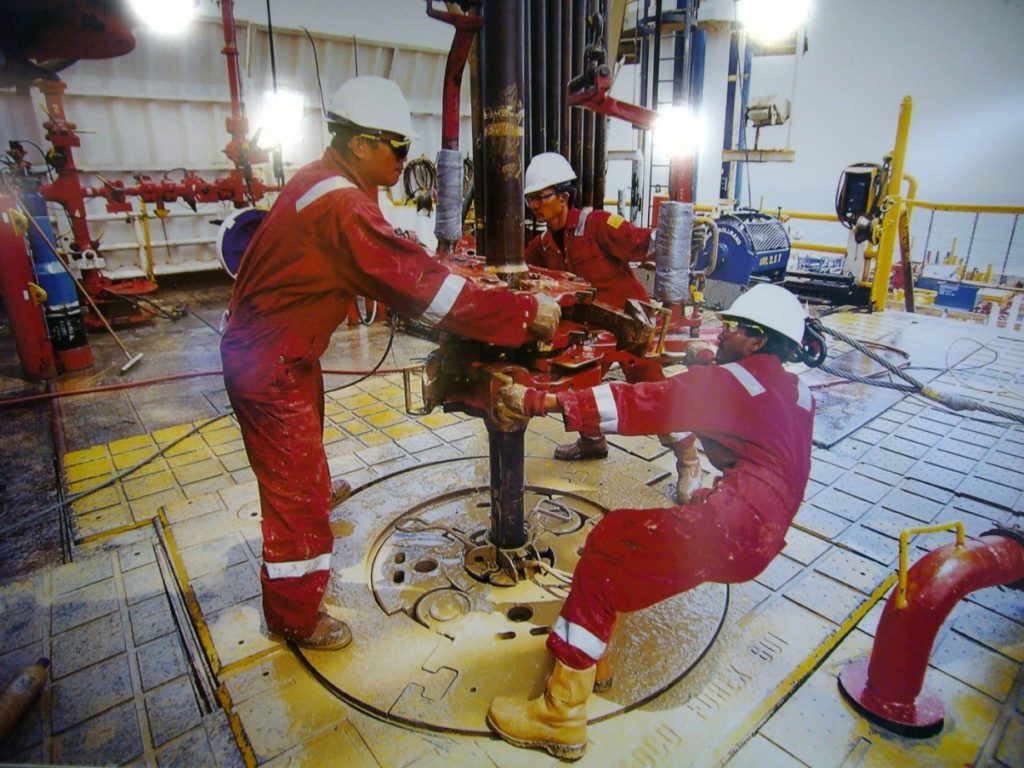
The classroom and E-Learning courses then go into the following areas, all per Governmental Regulations, Industry Regulations, API, IADC, Best Practices and accompanying material such as that published by Petex and SPE. In this case update, the client had no worthwhile material of its own, and so www.wellideas.co.uk provided all the necessary accompanying documentation as well as explanatory videos and texts. The classroom course ended with a Well Drilling Exercise where the course delegates were broken into teams of four, each with varying skills (Drill Crew, Operator & Service Personnel), and the E-Learning Modules were distributed for further learning or for people who couldn’t make the classroom courses through working offshore for example.
The following areas comprise both the Classroom and E-Learning material: –
- The Role of Optimised Drilling & Completion Practices
- Optimising Drill Bit Performance and Hydraulics
- Maximising Drillstring Performance and Operability
- Drillstring Maintenance Standards
- The 6 Key Things We Keep Getting Wrong as an Industry
- Maximising Drilling Fluids Performance
- Optimising Solids Control
- Optimising Hole Cleaning
- Optimising Directional Drilling Performance
- Running Casing, Liners & Tubing
- Cementing Optimisation & Problem Avoidance
- Well Logging Optimisation & Problem Avoidance
- Coring Performance Optimisation
- Well Testing Safety and Optimisation
- Well Abandonment Optimisation
At the end of the course there is a “Drilling the Well” Exercise.
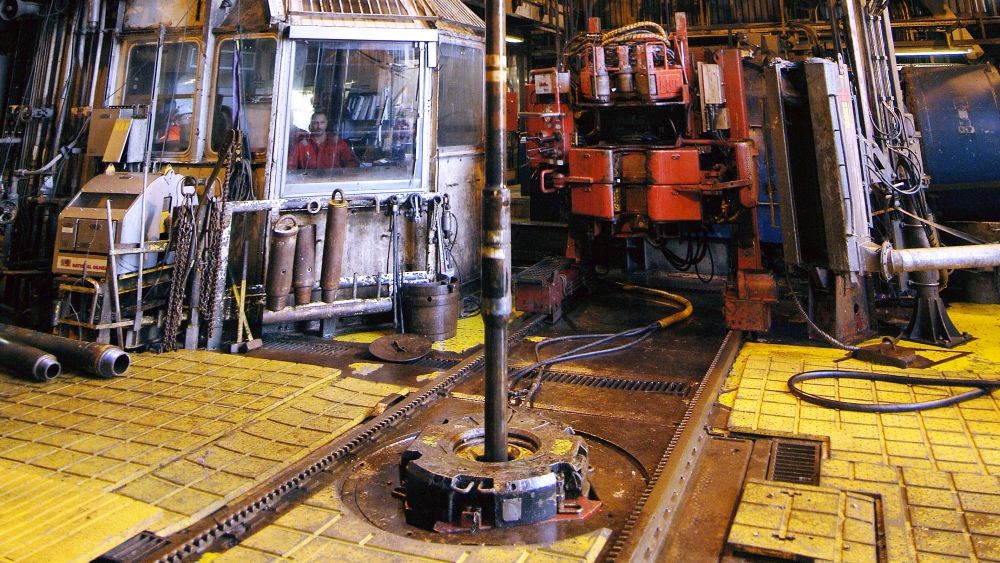
Finally, this Training Program allows for great flexibility due to its combination of Classroom, E-Learning & Internet-based Modules. It can be tailor-made for the specific Rig to be used, the type of well to be drilled and the personnel who are to attend the course. The Drilling Programme can also be utilised, and an extended “Drill the Well on Paper” course could be conducted.
In summary, excellent training maximises efficiency.
This leads not only to a successful well with regards to the meeting of objectives, but it must also be drilled safely, and ideally under budget if the Drilling Program and Supervision is as optimal as possible. Also, Production will also be maximised.
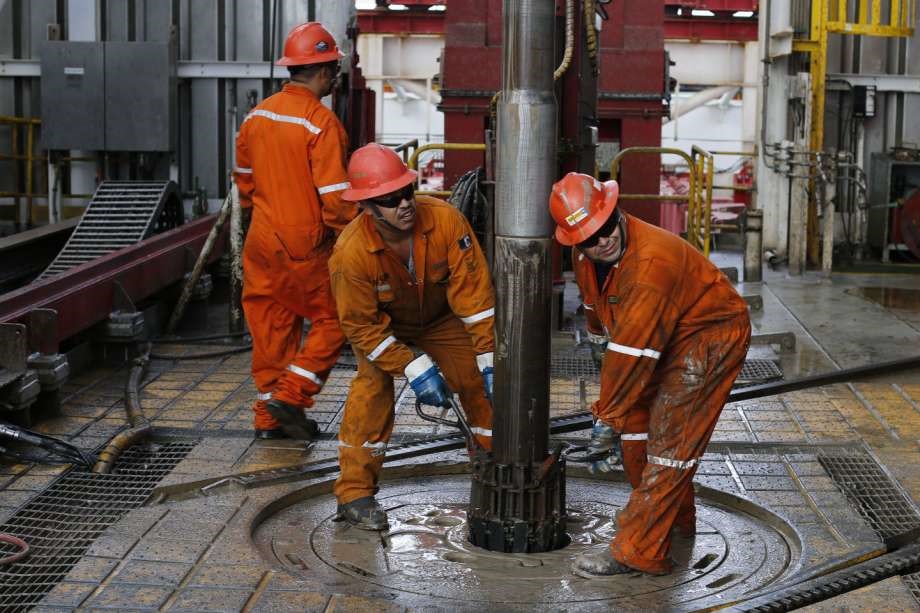
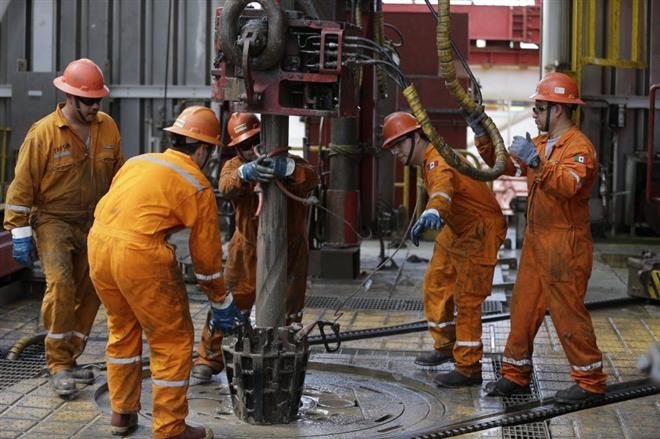
Who is Dr Michael T. Gibson?
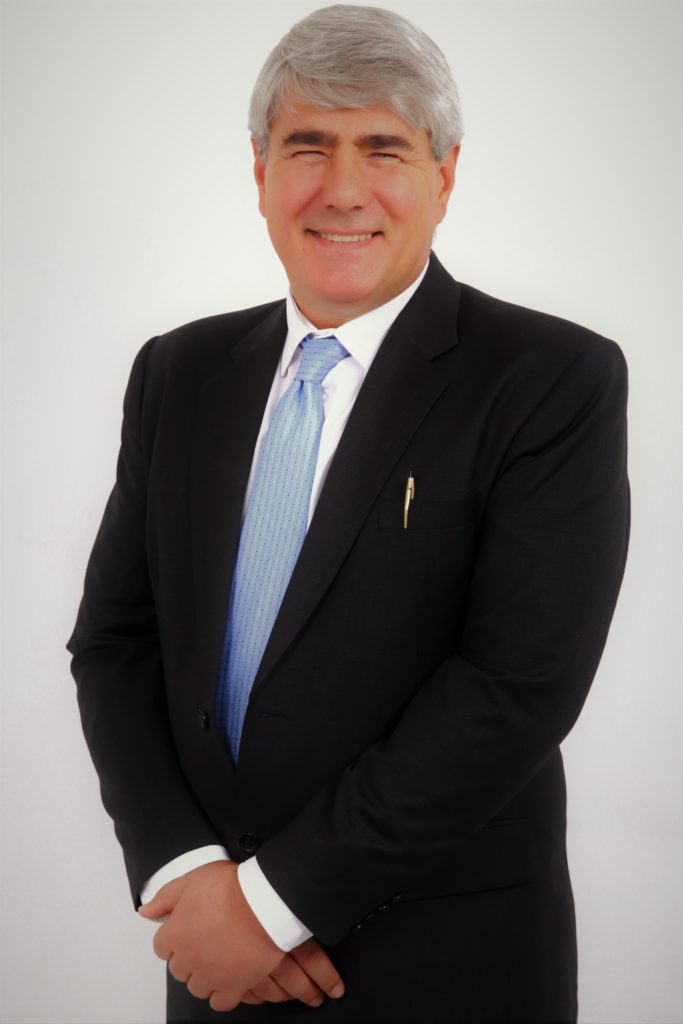


Dr Michael T. Gibson has 40 years in the Oilfield, working initially as a Drilling Engineer when he studied Mechanical and Offshore Engineering at Bachelor’s, Diploma and Master’s, Degree Level at Robert Gordon’s in Aberdeen under the expert tutelage of Professor Blythe McNaughton. He then went on to take a PHD over an 8-year period whilst working offshore as a Drilling Supervisor.
He began teaching / lecturing full-time 15 years ago in many parts of the world for Oil Companies, Drilling Contractors and Universities and has written the vast bulk of Wellideas’ material, ranging from Manuals, Pocket Handbooks, PowerPoints and Videos for the Classroom and Zoom Meetings, through to E-Learning Modules for distance learning.
